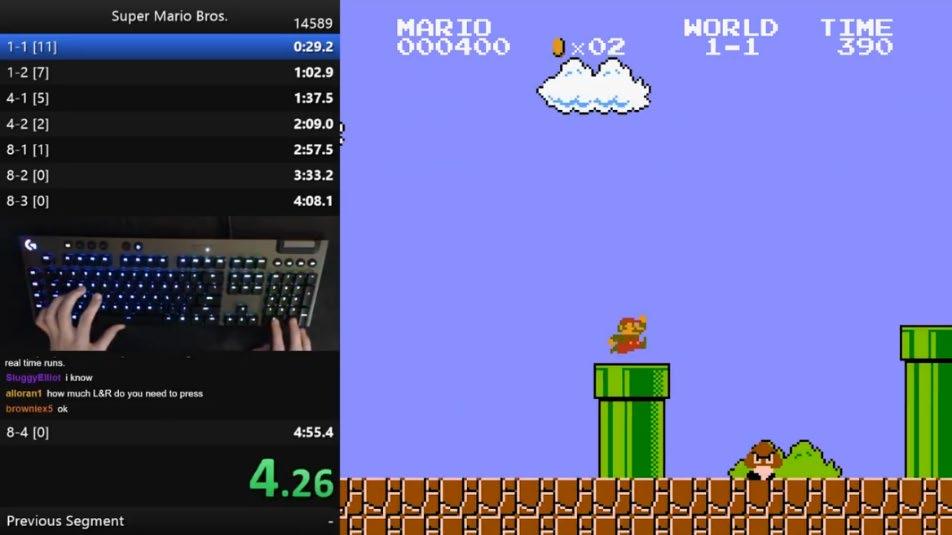
4 minute read
5.3. The general model of digital gaming practice
5.3.The general model of digital gaming practice
With attunement and tendencies explained, and with each habitus tier discussed in more detail, it is time to once again alter the earlier visualizations of digital gaming practice – and offer the final version of the general model (Fig. 27).
Figure 27. The general model of digital gaming practice. The feedback loop interaction between player and game is illustrated with arrows. The player possesses a three-tiered ludic habitus, while the game is nestled within a generic subfields and the broader field of digital games. Color signifies ranges of possibilities at a given time in the development of one’s habitus and the field of digital games as a whole.
In the broadest of terms, the act of digital gaming practice can be understood as a feedback loop involving the player (possessing ludic habitus) and the game artefact (designed and developed within the context and conventions of particular generic subfields of digital games). The player’s ludic habitus is a three-tiered system of dispositions, comprising perceptual models, taste patterns, and action competencies, all of which characterize that player, and all of which work in unison during play to perceive, interpret, evaluate, and respond to the digital game on a moment-to-moment level. The game artefact is a collection of design elements and configurations, which draw on conventionalized design patterns within broader generic subfields of practice, which in turn are situated within the general field of digital games as designed digital products.
In the model, ludic habitus tendencies and corresponding game design element conventions and configurations are depicted using the dimension of color, with color similarities between player and game corresponding to different degrees of attunement. Each tier of ludic habitus has its own degree of development, with certain tendencies developed on the basis of practical experience with game artefacts, and with gaming as an activity and sociocultural field. The rainbow bands indicate these spectra of tendencies, which are both tier-specific (e.g. certain ways of seeing, feeling, and playing) and systemic (influencing other habitus tiers, e.g. certain ways of seeing or feeling contributing to certain ways of playing). The blue-to-red boundary around the habitus represents its overall tendency – ranging from reactive (perception-focused, blue) to proactive (action-focused, red).
Correspondingly, each digital game artefact draws on and implements certain design conventions from broader subfields, which are in turn situated within the broader field of digital games. In the model, the game artefact is fully bound as the object of player interaction, with only a few shades of color signaling comparatively few game design elements and configurations. The generic subfield is semi-bound as it is both standalone and overlapping with other subfields, with a greater range of color signaling more design elements and configurations characteristic of that subfield than are present in the individual, nestled game. The field is boundless as it is but one of many sociocultural fields, and it contains the entire, ideal spectrum of game design possibilities and configurations.
The color dimension of the model is particularly important for its portrayal of digital gaming practice, and needs to be clarified further. What is presented in the figure above is an ideal, general model, and not a depiction of any one player’s actual ludic habitus and any one game’s actual design configuration. Color bands have been used precisely for this reason: to embrace and illustrate potential and possibility, rather than to demarcate any actuality. The spectra of color in the model also help convey temporality. Just like thecolor ranges in the model, so too do tendencies and patterns of ludic habitus and generic subfields shift and change over time, both in individual acts of gaming and across a longer period of time spanning multiple such acts, with attunement between the two always elusive, partial, and above all, situational.
In its final state, the general framework of digital gaming practice and its visual model represent a synthesis of theory, game design work, and empirical investigations of how actual players play actual games. As this chapter has shown, the framework has been developed progressively, with each stage of research – Bourdieusian practice theory, reviews of work in the domains of game and player studies, design experimentations and player data – further
contributing to the understanding of the phenomenon of digital gaming practice and informing the design of the visual model. This final model incorporates as much as was possible to put into a single visual representation of theory. With that in mind, the model is not meant to be used as an analysis model, but merely as a visual shorthand for the described framework. The two are intended to complement one another, together representing the act of digital gaming practice and answering the question of how actual players play actual digital games.
Ultimately, rather than envisaging them as abstract, non-specific entities, as was the case in previous understandings, the model and framework developed in this project account for players and games in a more accurate, holistic light: they are portrayed as historically developed ranges of potentialities, momentarily bound in the situated act of play. For the player, these potentialities are the different ludic habitus attributes – perceptual models, taste patterns, and action competencies – while for the game, they are the different design elements, their conventionalized configurations, and the methods in which these are implemented in a given game artefact by its designers.




